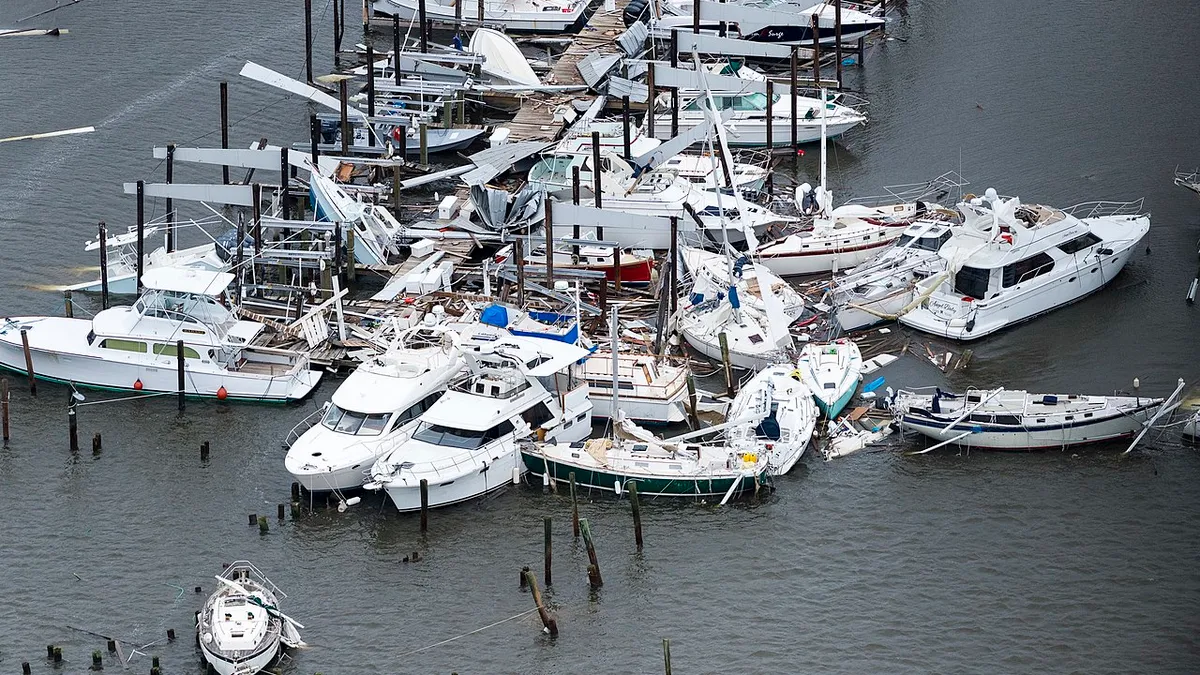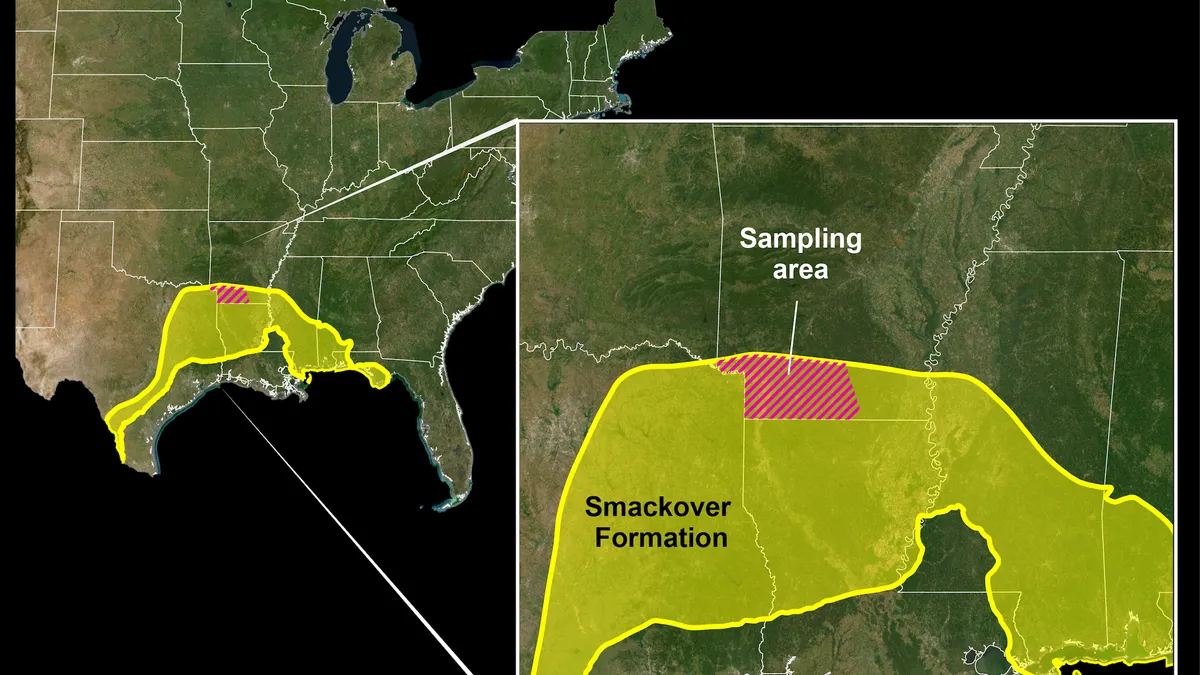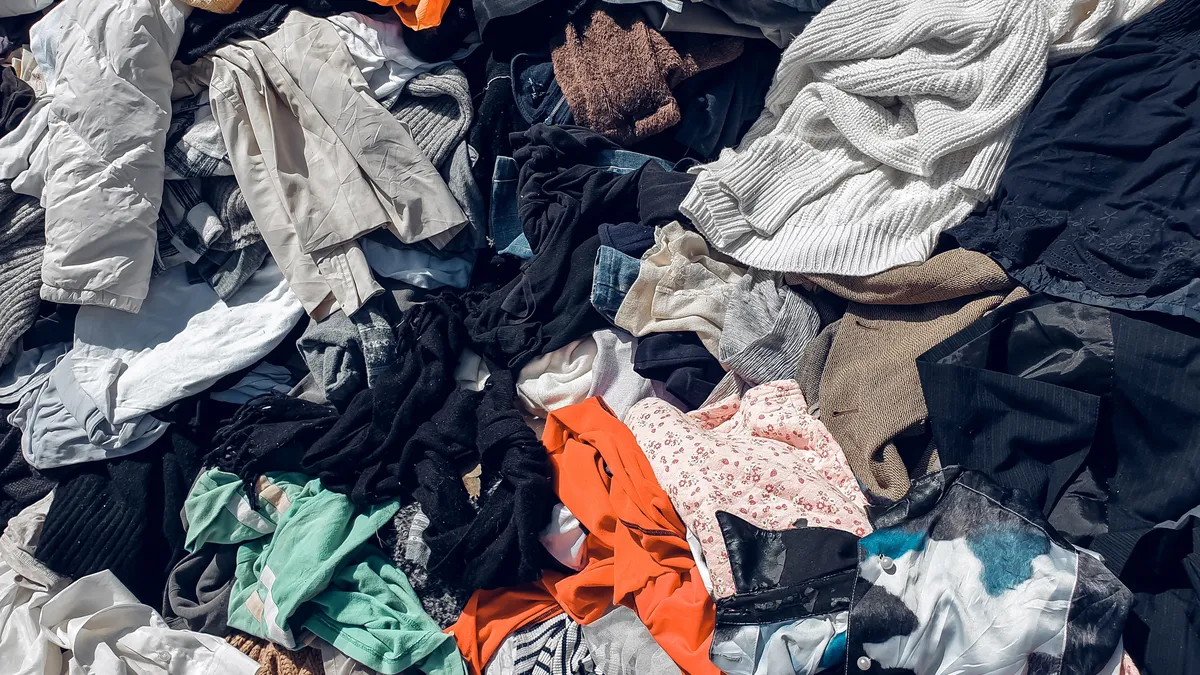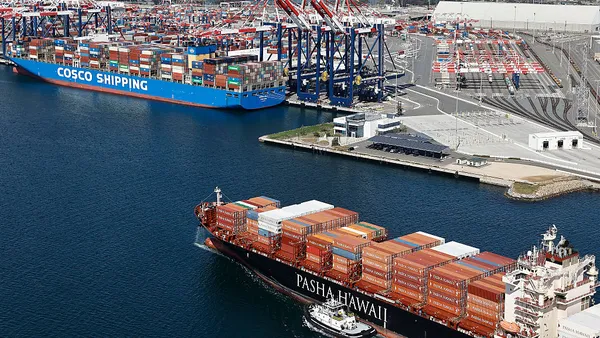UPDATE: President Donald Trump has signed a $15 billion disaster aid bill, which will also raise the federal debt ceiling and keep the government open through Dec. 8, NBC News reported. The bill, issued in response to damage wrought last week by Hurricane Harvey, includes $7.4 billion for direct relief aid, $7.4 billion in disaster-related community block grants and $450 million for small business disaster loans.
Dive Brief:
-
The House of Representatives passed a bill on Wednesday that aims to provide nearly $8 billion of aid to those affected by Hurricane Harvey, Politico reported. The Senate followed with its legislation, which the House approved today.
-
The Senate bill includes a three-month caveat to fund the government and raise the debt ceiling, a deal prompted by the president's negotiations with Senate Democrats, according to The Washington Post. More funds will likely be allocated in the aftermath of Hurricanes Harvey and Irma, likely on par with the $100 billion in aid supplied after Hurricane Katrina.
-
It is crucial that a disaster relief bill be presented to the president for signature this week as Federal Emergency Management Agency (FEMA) funding will run out on Friday, Bloomberg reported.
Dive Insight:
The Harvey bill pushes back the potential government shutdown debate over border wall construction and other contentious policy issues to December. Earlier this month, the president said he would veto any spending bill that did not include the $1.6 billion he requested to start construction on the U.S.–Mexico border wall, although, in the wake of Harvey, he eased back on that rhetoric.
Moody’s estimates that total costs related to Harvey in southeast Texas alone could hit $75 billion for property and related economic damage. An AccuWeather analysis determined that actual costs could be more than double that amount.
According to commercial real estate research firm CoStar Group, Harvey-related damage to commercial property in Houston could reach $55 billion and affect up to 27% of the city's commercial real estate market. This represents as many as 12,000 commercial properties — multifamily, office, retail and industrial — totaling 400 million square feet.
More than half of residential and commercial properties in Houston at high or moderate risk of flooding are not included in FEMA's Special Flood Hazard Areas, CoreLogic found. Properties outside those zones aren't required to carry flood insurance, which means many Harvey victims who did not voluntarily opt for coverage will have to pay for damages and repairs themselves.
Because President Trump rescinded the Obama-era Federal Flood Risk Management Standard, those receiving federal aid to rebuild will not have to adhere to the more stringent Obama-era resiliency standards. Critics of the president's decision to roll back that regulation say it could make the newly rebuilt properties more susceptible to flooding in the future and increase repair costs.















